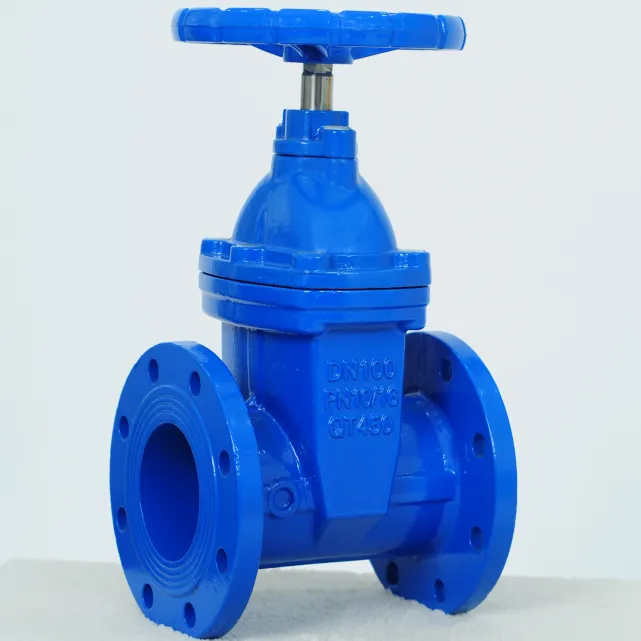types of flow control valve in hydraulic system
Types of Flow Control Valves in Hydraulic Systems
Flow control valves are essential components in hydraulic systems, as they regulate the flow of hydraulic fluid, ensuring that machinery and equipment operate effectively and safely. These valves control the speed of actuators, manage system pressure, and maintain desired flow rates. Here, we will explore the various types of flow control valves commonly used in hydraulic systems.
1. Throttle Valves Throttle valves are designed to restrict flow in a hydraulic circuit. They achieve this by using a variable opening mechanism that adjusts the flow based on the system's requirements. This type of valve is straightforward and economical, making it ideal for applications where precise control isn't critical.
2. Pressure Compensation Valves These valves maintain a constant flow rate regardless of changes in system pressure. They automatically adjust the size of the orifice in response to varying load conditions, ensuring consistent performance. Pressure compensated flow control valves are particularly useful in systems where the load can vary significantly during operation.
3. Flow Restrictors Flow restrictors limit the amount of fluid that can pass through, allowing for controlled actuation speeds. They can be fixed or adjustable. Fixed restrictors provide a predetermined flow rate, while adjustable models offer flexibility to change the flow rate as needed.
types of flow control valve in hydraulic system

4. Digital Flow Control Valves In modern hydraulic systems, digital flow control valves are increasingly popular. These valves use electronic actuators and feedback systems to provide precise flow control based on real-time data. They enhance efficiency and adaptability, making them suitable for complex industrial applications.
5. Proportional Flow Control Valves These valves offer enhanced control over flow rates by proportionally adjusting the opening based on an input signal (usually electrical). They are particularly effective in applications requiring fine control, such as injection molding and robotics, where precision is paramount.
6. Check Valves Although primarily used to prevent reverse flow, check valves can also influence flow control. By allowing flow in one direction, they help maintain system integrity and can work in conjunction with other flow control devices to create comprehensive control strategies.
In conclusion, the choice of flow control valve in a hydraulic system depends on the specific requirements of the application, including desired flow rates, pressure conditions, and operational complexity. Understanding the different types of flow control valves allows engineers and technicians to select the appropriate components for optimal system performance, leading to enhanced efficiency and reliability in hydraulic operations.
-
The Versatility of Ball Valves in Fluid Control SystemsNewsJun.10,2025
-
The Practical Benefits of Centerline Butterfly ValvesNewsJun.10,2025
-
The Benefits of Bellows Seal Globe Valves for Industrial SystemsNewsJun.10,2025
-
The Advantages of Offset Butterfly ValvesNewsJun.10,2025
-
Ductile Gate Valves: Strong, Reliable, and Essential for Every SystemNewsJun.10,2025
-
Cast Iron Gate Valves: A Reliable Solution for Every SystemNewsJun.10,2025
-
Why Choose a Brass Gate Valve for Superior Performance and DurabilityNewsMay.09,2025




